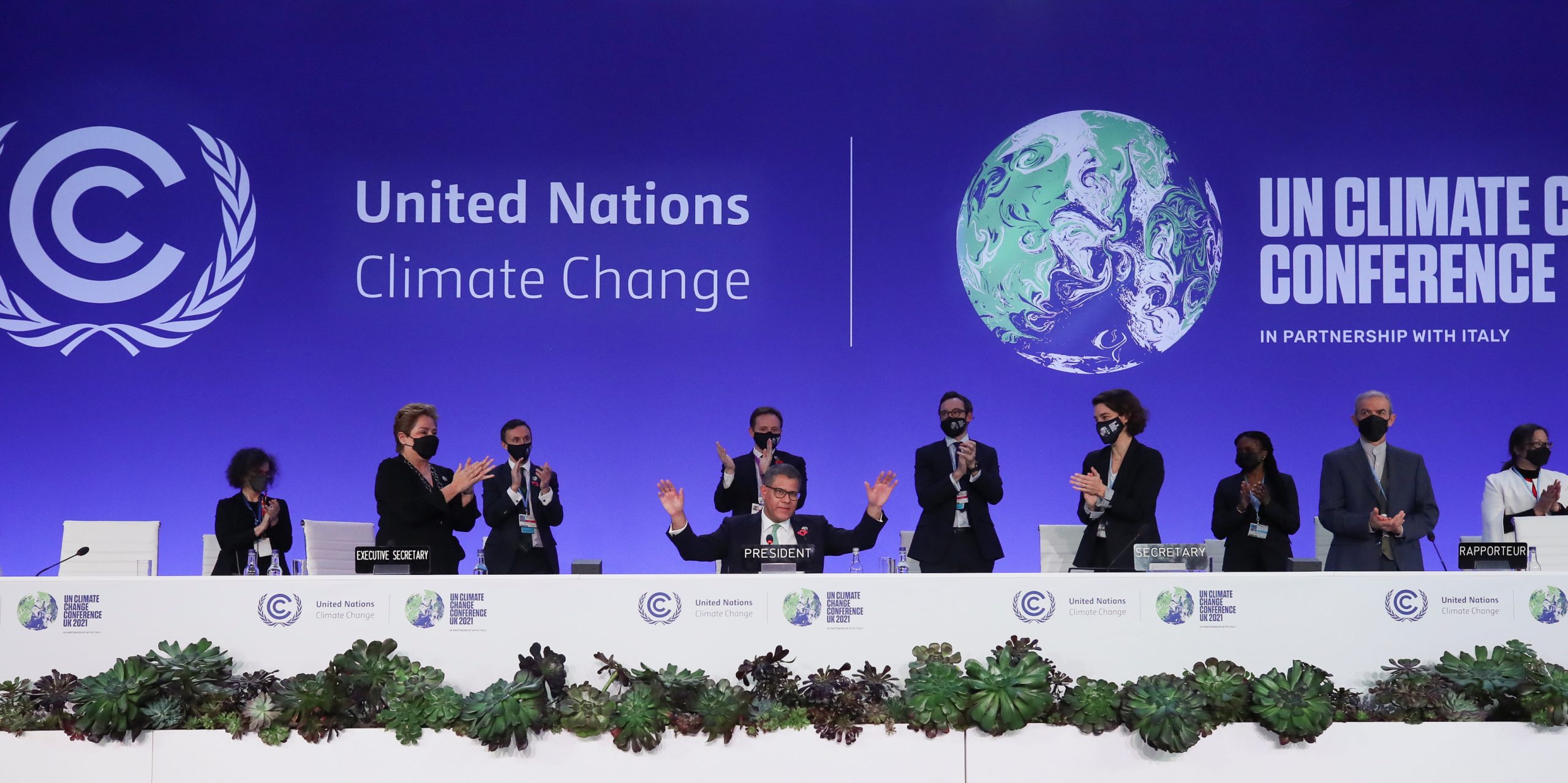
Lauren Moye, FISM News
[elfsight_social_share_buttons id=”1”]
A two-week-long international climate conference ended Saturday, one day later than scheduled, after countries struggled to come to a final agreement. Prior to the close of the conference, 197 parties eventually signed the Glasgow Climate Pact.
As part of the compromise to save the deal, countries changed the wording from “phase out” to “phase down” concerning unabated coal. The “phase out” wording, however, was kept concerning “inefficient subsidies.” Despite signatures, it is still unclear what unabated coal and inefficient subsidies will mean in practice.
As previously reported by FISM News, the Conference of the Parties (COP26) began two Sundays ago with three big goals set to accomplish: “They want to encourage participating countries to develop more ambitious plans to cut carbon emissions, address the failed $100 billion in funding while setting a new finance goal for 2025, and finish developing the Paris Agreement rulebook.”
Leading into the conference, it was unknown if countries would be able to come to an agreement that would keep global warming from rising more than 1.5 degrees Celsius (2.7 degrees Fahrenheit) above pre-industrial levels. Scientists have identified this as the necessary goal line to prevent catastrophes.
While countries have failed to keep their targets to make this goal easily assessable, the new Glasgow Climate Pact asks countries to retighten their 2030 carbon emission reduction targets by next year. The former Paris Accord had asked nations to reassess these targets by 2025.
To keep global warming under 1.5 degrees Celsius, scientists estimate that there will have to be a 45% overall reduction by 2030. COP26 President Alok Sharma said, “I think today we can say with credibility that we’ve kept 1.5 within reach. But its pulse is weak, and we will only survive if we keep our promises.”
Delegates also voted to increase funding to less developed countries to assist in their efforts to lower emissions while improving renewable energy sources. Developed countries had previously committed in 2009 to provide $100 billion annually for this purpose but have since fallen short. The new deal “urges developed country Parties to at least double their collective provision of climate finance for adaptation to developing country Parties from 2019 levels by 2025.”
The Glasgow Act also paves the way for in-depth conversations on potential “loss and damage” payments. These payments, if approved later, would help compensate those countries who have been impacted the greatest by a failing climate.
COP26 also settled rules for a global carbon market that can potentially unlock $3 trillion for forest protection and renewable energy. Carbon markets incentivize greenhouse emission reductions by creating tradeable credits. The Glasgow Act includes rules to make sure credits aren’t counted twice under national emission targets. It would also prevent the credits from being taxed between countries.
As a side deal, the U.S. and China released a joint statement at the conference that urged countries to reduce 30% their 2020 methane emissions by the year 2030.
